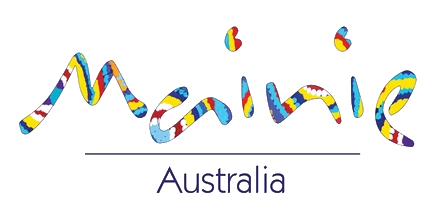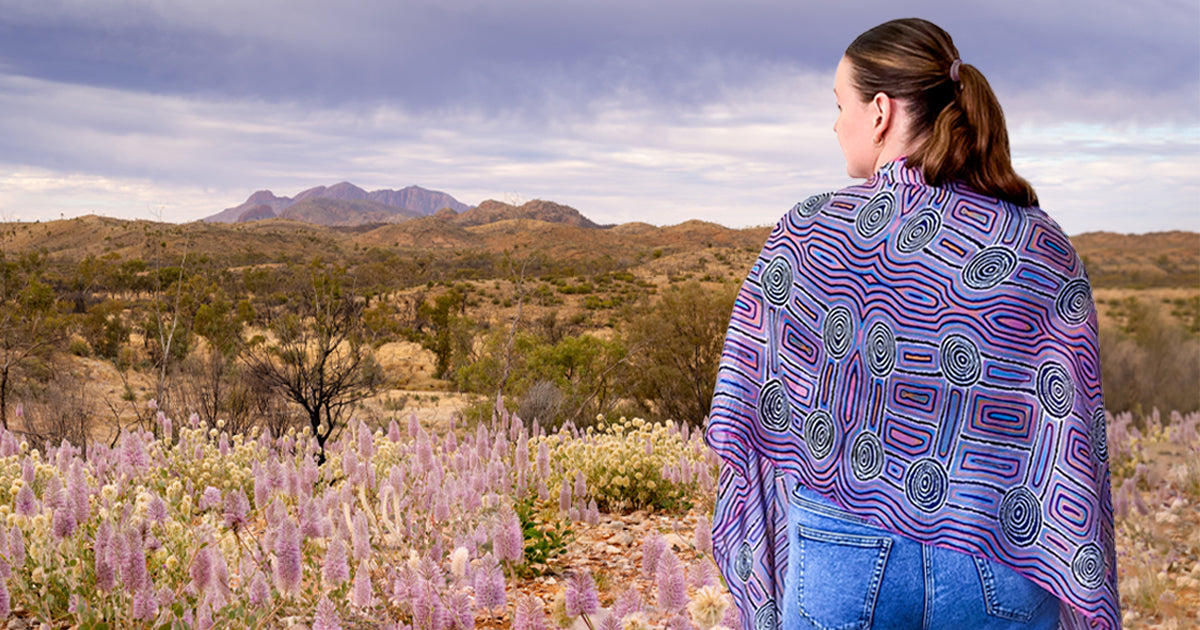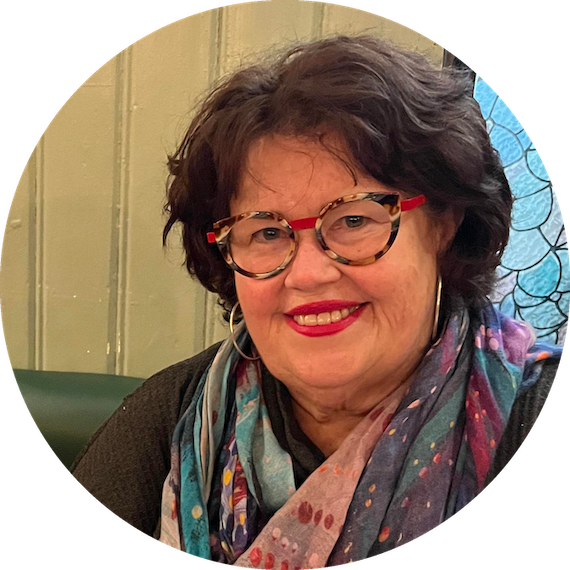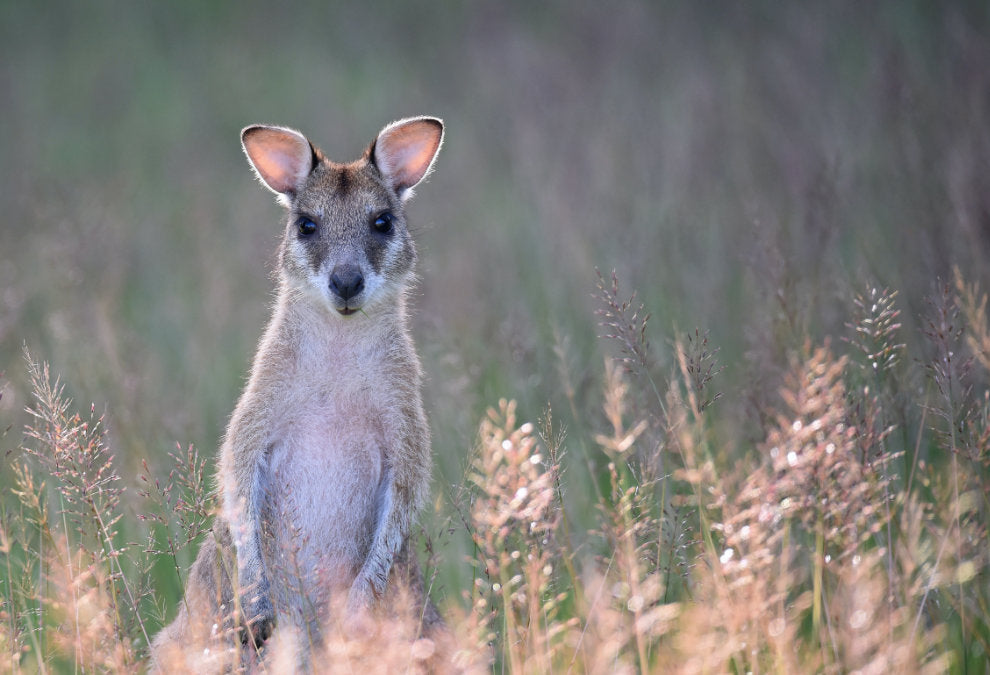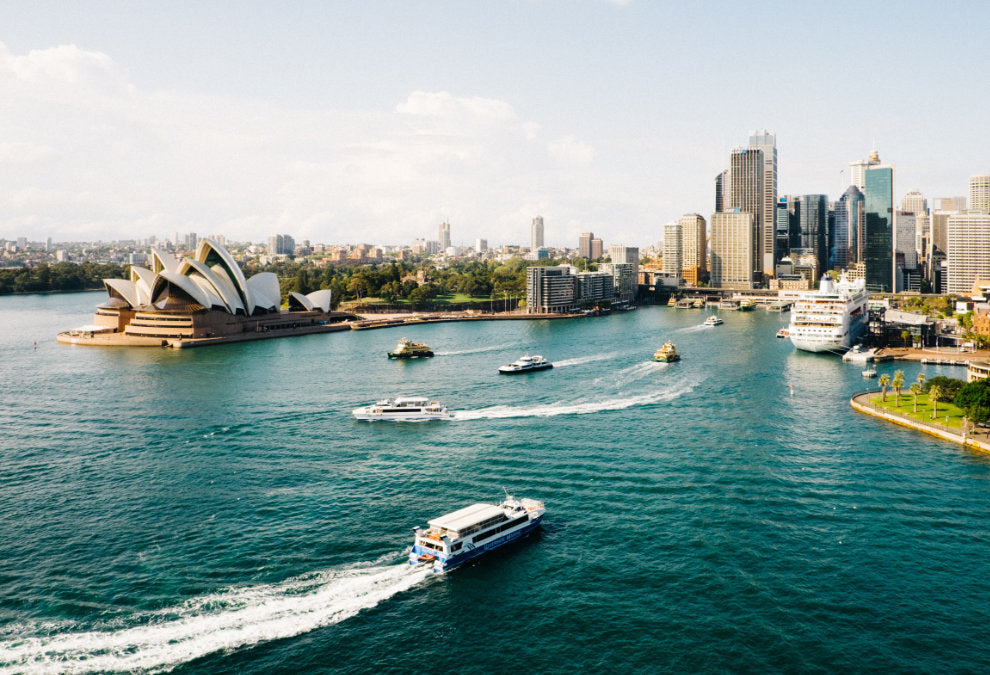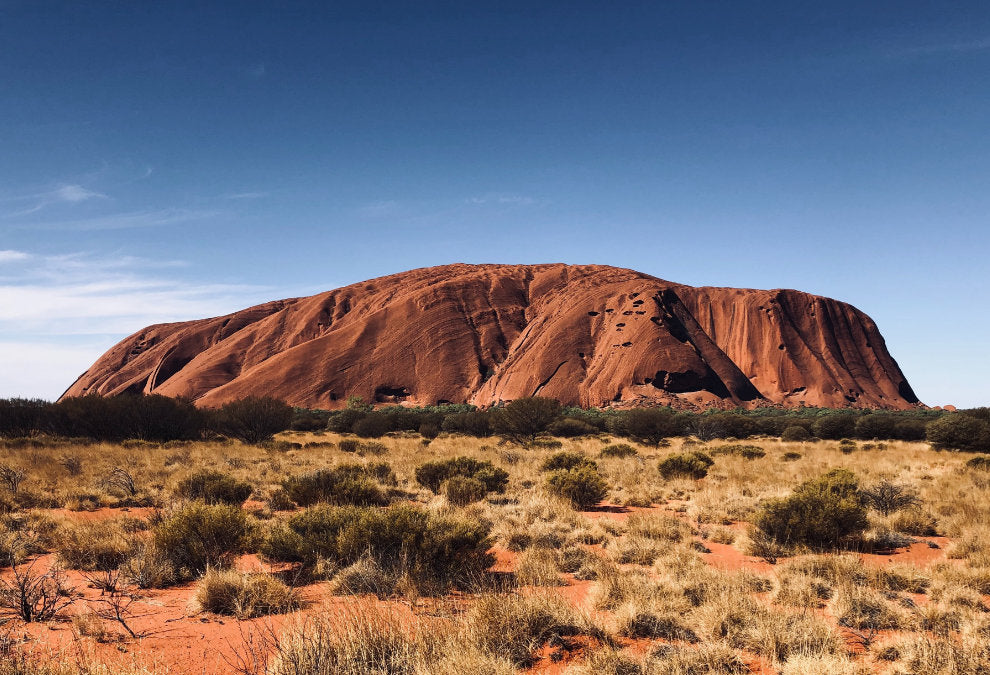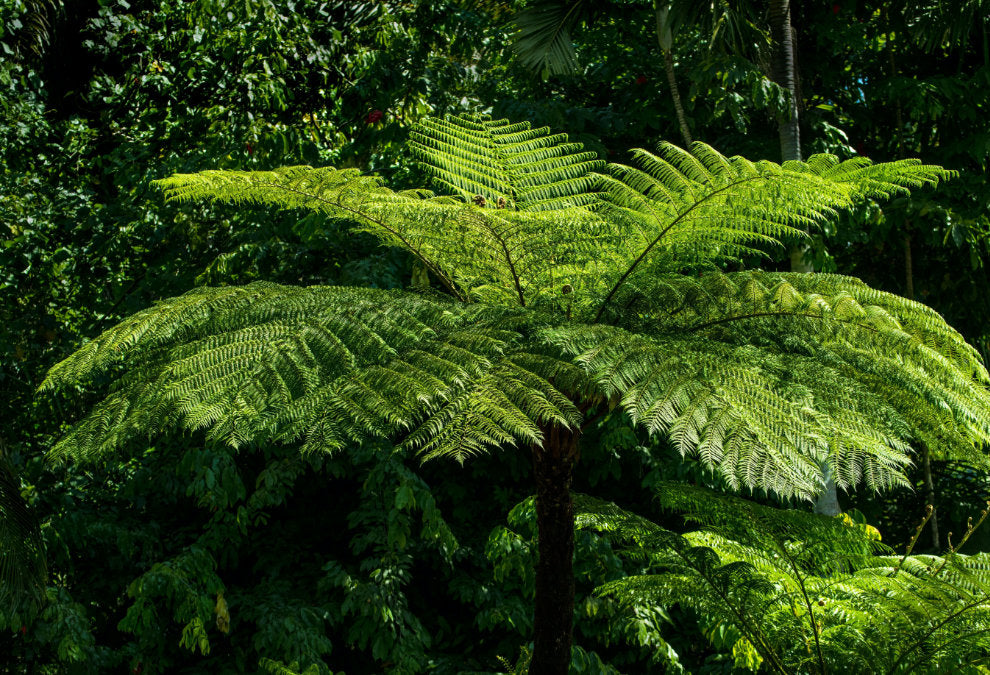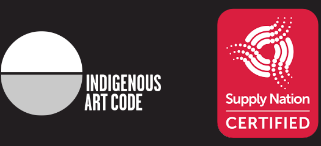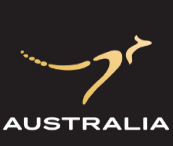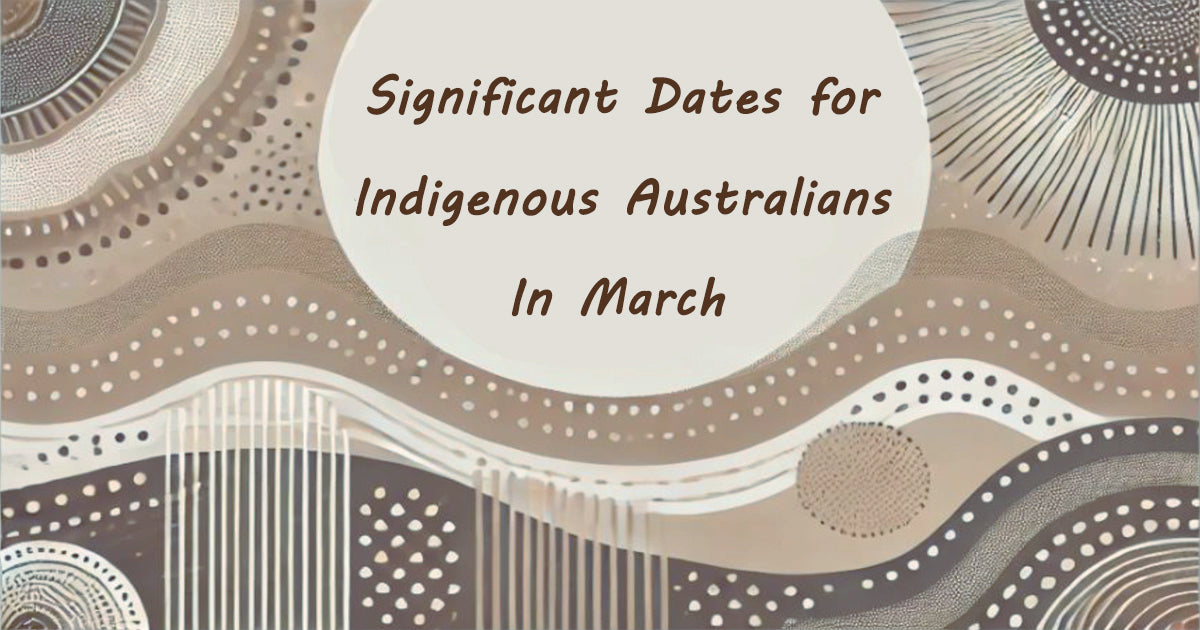
Significant Dates for Indigenous Australians in March
March holds several anniversaries of important events in Australia's history, particularly for Indigenous Australians.
These dates mark acts of resistance, significant achievements, and ongoing struggles for justice, land rights, and equality. From battles fought on the frontier to modern campaigns for social change, each event highlights the resilience and strength of First Nations people.
- 21–22 March 1797: The Battle of Parramatta
- 8 March 1840: Fighting Hills Massacre
- 29 March 1881: Aboriginal Leader, William Barak delivered a petition to Parliament House from Coranderrk Aboriginal reserve
- 27 March 1905: Birth of Jack Patten, Aboriginal Civil Rights Leader
- 23 March 1998: The Mirrar Aboriginal people blockaded the Jabiluka uranium mine in Kakadu
- 23 March 2022: Ash Barty announced her retirement from tennis
- 20 March 2025: National Close the Gap Day
21–22 March 1797: The Battle of Parramatta
The Battle of Parramatta was a pivotal moment in the Australian Frontier Wars. In the mid-1790s, the Northern Farms near Parramatta were opened to British colonists, sparking conflict with the Bidjigal people. Led by Pemulwuy, Bidjigal warriors launched raids on the farms, leading to a violent confrontation on 22 March 1797.
Despite being vastly outgunned, the Bidjigal warriors fought bravely. Pemulwuy was shot multiple times and captured, but survived, escaping weeks later while still in chains. The battle marked the beginning of continued resistance by the Bidjigal against British colonisation.
Pemulwuy’s death in 1802, after his capture and miraculous escape, became a symbol of resilience. His skull, removed as a trophy after his death and sent to England, remains lost despite ongoing repatriation efforts.
8 March 1840 - Fighting Hills Massacre
The Fighting Hills massacre took place on the Konongwootong run near Hamilton in Victoria's Western District. The massacre was carried out by the Whyte brothers, William, George, Pringle and James, along with their cousin John Whyte and three convict employees, Benjamin Wardle, Daniel Turner, and William Gillespie. The attack was in reaction to the alleged theft of sheep by local Jardwadjali people.
The Whytes' party tracked the group to a camp where they launched a violent attack, killing at least 51 Jardwadjali men, women and children. Only one survivor escaped, but he was reportedly killed a month later. Oral histories from the local Aboriginal community estimate the death toll to be as high as 80 people.
Aboriginal protector Charles Sievwright investigated the incident but the depositions he took were disallowed by Crown prosecutor James Croke as they were not "taken in accordance to the rules of law". Despite John Whyte personally reporting the incident to Superintendent Charles La Trobe and Chief Protector George Robinson, no legal action was taken.
A few months later, the same group of men was responsible for the Fighting Waterholes massacre, in which more than 40 Konongwootong Gunditj people were killed near what is now the Konongwootong Reservoir. Contemporary reports described the massacre with shocking brutality, detailing how wounded survivors were deliberately killed. Some sources claim up to 69 Aboriginal people died.
Both massacres are among the many violent attacks against First Nations peoples during the violent frontier conflicts of colonial Australia, leaving lasting scars on the local Aboriginal communities.
29 March 1881: William Barak’s Petition to Parliament
William Barak, a prominent leader of the Wurundjeri people, led a delegation to Parliament House on 29 March 1881, delivering a petition to protect the Coranderrk Aboriginal reserve. The community at Coranderrk had endured pressure from colonists and the Victorian government, who sought to seize their land.
Barak’s leadership inspired a long-standing campaign for Aboriginal land rights and self-determination. Though the petition led to a Royal Commission, the subsequent 'Half-Caste Act' further displaced Aboriginal people. Barak died in 1903, but his legacy as a defender of Indigenous rights endures.
27 March 1905: Birth of Jack Patten, Aboriginal Civil Rights Leader
Born at the Cummeragunja Aboriginal reserve, Jack Patten was an Aboriginal civil rights activist who co-founded the Aborigines Progressive Association. In 1938, he led the Day of Mourning protest, advocating for Aboriginal citizenship and human rights.
Patten was instrumental in the 1939 Cummeragunja walk-off, a pivotal protest against the mistreatment of Aboriginal people. His work laid the foundation for future civil rights movements. Patten’s activism continued throughout his life until his untimely death in 1957.
23 March 1998: The Mirrar Blockade at Jabiluka
In 1998, the Mirrar people of Kakadu led a blockade against the construction of the Jabiluka uranium mine on their ancestral lands. The eight-month protest, supported by thousands across Australia, successfully halted the mine’s opening.
The fight for land rights continues, as the Mirrar people secured veto power over any future mining activities on their land. However, uranium mining in Kakadu remains a contentious issue, with past environmental damage still raising concerns.
23 March 2022: Ash Barty's Retirement
Ash Barty, an Indigenous Australian tennis player of Ngaragu descent, announced her retirement on 23 March 2022 at the peak of her career as the world No. 1.
Barty's achievements include three Grand Slam singles titles and a remarkable 121 weeks at the top of the Women's Tennis Association rankings.
Her retirement was a shock to many, but Barty's legacy as a trailblazer for Indigenous athletes and role model for future generations is undeniable.
20 March 2025 - National Close the Gap Day
National Close the Gap Day, observed annually on the third Thursday of March, invites all Australians to show their support for health equality. This day has grown into a nationwide movement, uniting schools, workplaces and community groups to engage in activities that raise awareness of the ongoing health disparities faced by Indigenous Australians.
The annual Closing the Gap Report highlights the continued commitment to addressing these disparities, focusing on collaboration and accountability.
Despite some progress, Indigenous Australians still experience higher infant mortality rates and shorter life expectancy compared to their non-Indigenous counterparts. Preventable diseases, such as rheumatic heart disease, continue to affect many communities, underscoring the need for sustained efforts to close the health gap.
For more information on this year's Close the Gap campaign and events, please visit www.closethegap.org.au
The events of March highlight the strength, resilience and determination of First Nations Australians in the face of adversity. These anniversaries not only commemorate past struggles but also call for ongoing action toward reconciliation, justice and equality.
The journey toward closing the gap and achieving true equity is far from over.
